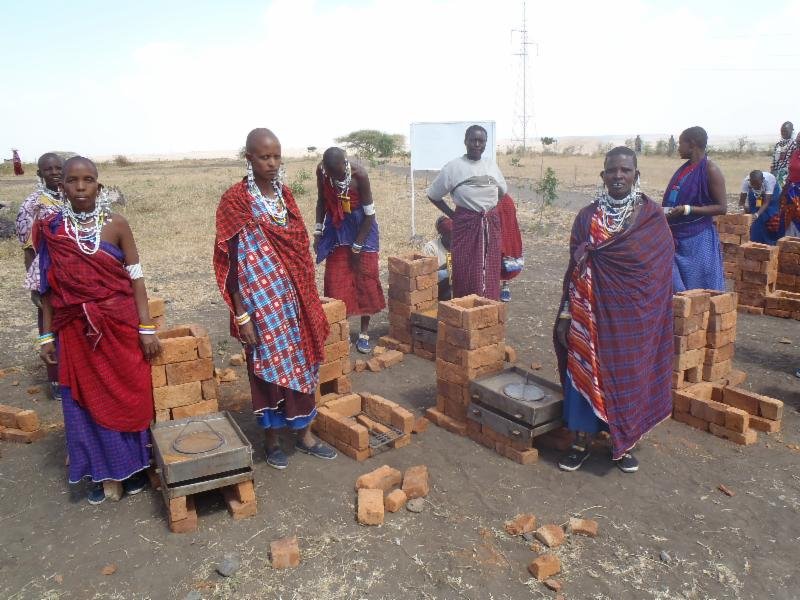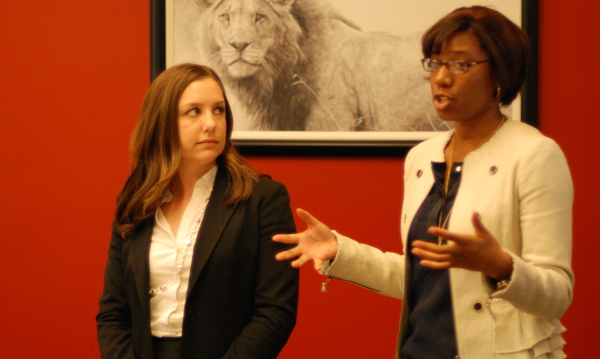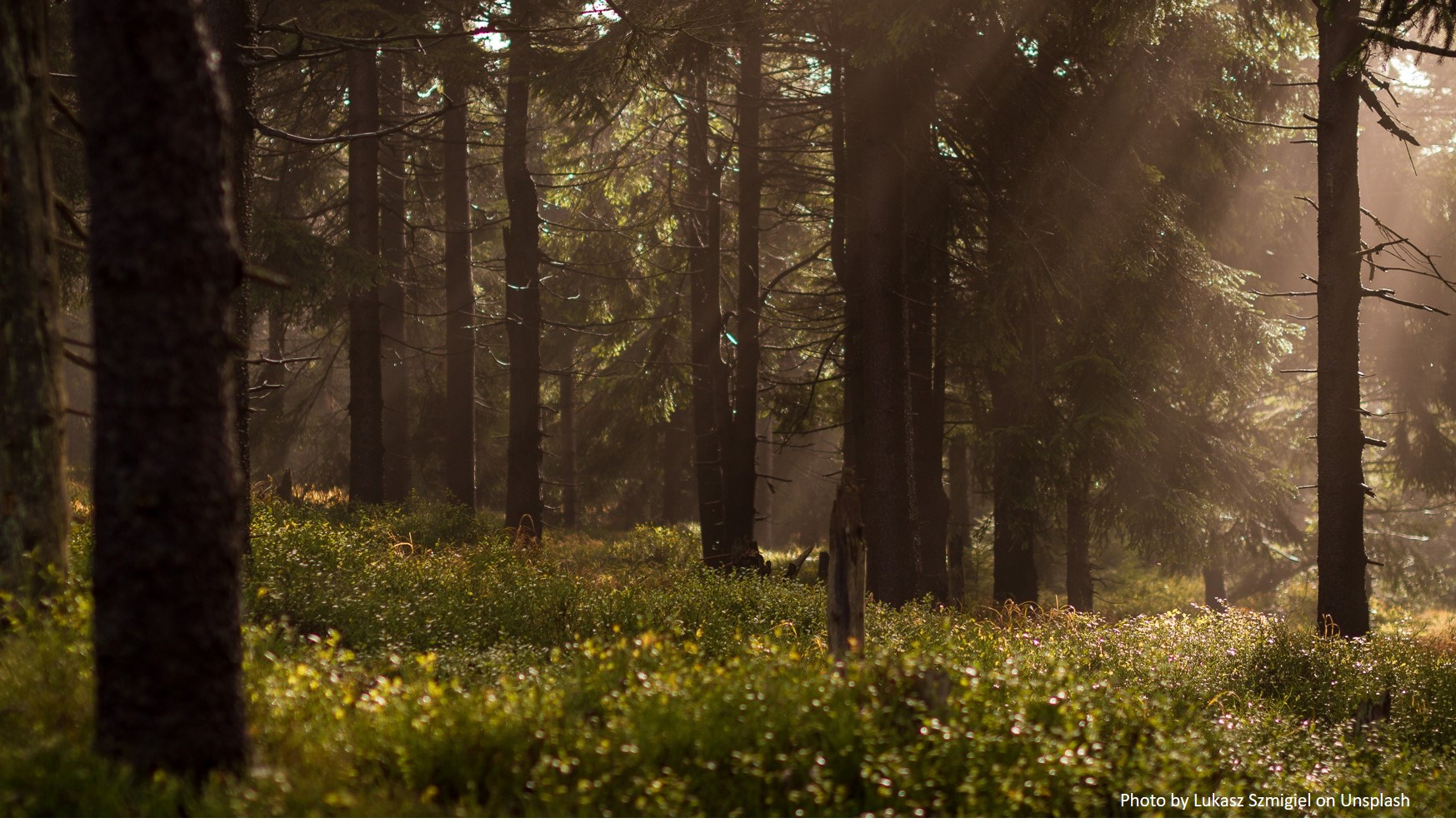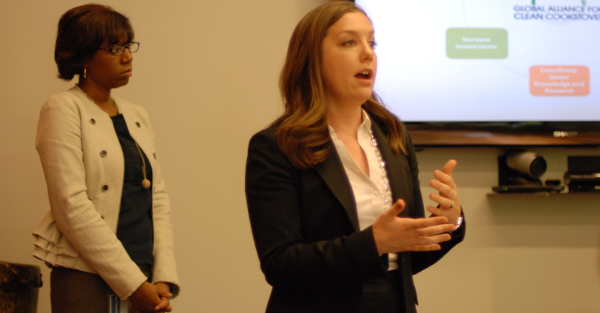By Kamweti Mutu

Mary Mavanza, Governance Officer with the Jane Goodall Institute’s Gombe Masito-Ugalla Ecosystem Program, revealed that refugees fleeing violence from DRC Congo to Kigoma, Tanzania, carried their hearth-stones as one of the few household possessions they salvaged.
In Kenya, the Agikuyu in the Central province consider it a bad omen for the hearth fire to go out while the homestead owner is still living. The hearth is the setting for interpersonal bonding, among other social and practical uses, in the Maasai ethnic group. Such is the social significance of the cooking hearth in a traditional community particularly in rural African landscapes to this day. This is but one of the several key points acknowledged as factors in effective cleaner cookstove adoption projects, captured succinctly by Bob Lange’s triple goal of health, conservation, and the welfare of women.
The Clean Cookstoves event highlighted several key considerations in the gradually growing sector of clean energy products for households highly dependent on biomass as feedstock.
Listen to the entire webcast including accompanying slides by clicking here.
~~~~~~~~~~~~~~~~~~~~~~~~~~~~~~~~~~~~~~~~~~~~~~~~~~~~~~~~~~
Laura Clough and her study with GVEP International depicted the vast array of improved cookstove types available in local markets, but this correlated with a costly and fragmented distribution system particularly towards the retail end. Moreover consumer awareness on the benefits of efficient cookstoves was wanting, and on the produce end, quality control was a significant factor that undermines any efficiency “improvements” made on a product. Other main challenges include a dearth of capital financing, scant capacity on the products and biomass feedstock supply chain, and cultural resistance including low prioritization of energy efficient appliances.
To address some of these challenges, ABCG supported the development of a toolkit to help practitioners identify the most suitable tools and practices in a given context. Download the “Toolkit for Implementing Household Energy Projects in Conservation Areas here.
Presentation: Energizing Conservation Efforts
~~~~~~~~~~~~~~~~~~~~~~~~~~~~~~~~~~~~~~~~~~~~~~~~~~~~~~~~~~

Presentation: It is not just about cooking!
~~~~~~~~~~~~~~~~~~~~~~~~~~~~~~~~~~~~~~~~~~~~~~~~~~~~~~~~~~

Presentation: Fostering an Enabling Environment—The Role of Conservation
~~~~~~~~~~~~~~~~~~~~~~~~~~~~~~~~~~~~~~~~~~~~~~~~~~~~~~~~~~
Overall, the talk proved an engaging exchange of findings, recommendations and challenges. The event portrayed several major benefits to having efficient cookstoves and clean energy products adopted across communities highly dependent on biomass: Woodlands are not wiped out, leading to a chain reaction of habitat degradation; users spend less effort searching for sources and more being socially/economically productive, and; health benefits are felt from the individual to the community at large.
~Laura Clough, Technical Specialist, GVEP International.
Resources:
Read our recent newsletter on Clean Energy Technologies here




Add a Comment